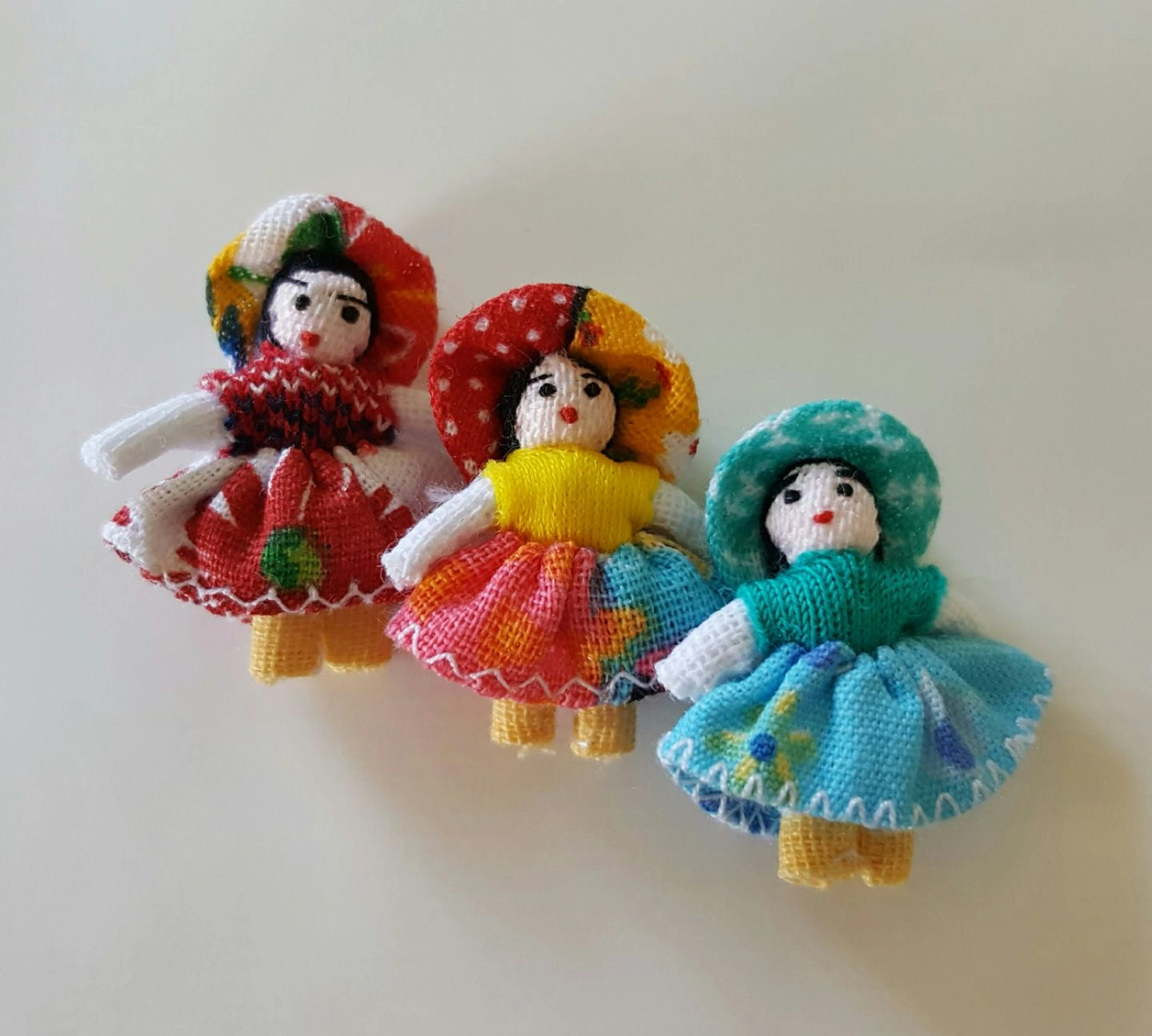How To Bring Your Vacation Experience To Your Classroom This School Year
- The Multicultural Education Project
- Jul 10, 2023
- 4 min read
Updated: Jul 27, 2023
Arts & Crafts can be a great starting point for a good conversation about Culture
One of my favorite things to do when I visit a place during my vacation time is to spend hours in those little souvenir stores. You know that you can find anything with the name of the city or state, from can openers and magnets, to t-shirts and towels. But that's not quite the type of artifact that I am talking about. I always try to see the shelf that is full of local objects, made by the grandma or grandpa of the person that owns the place, or a local artist that dedicated their life to keeping a tradition alive.
I try my best to support local stores and engage in conversation with people about what is the meaning of that object. For any other tourist, it might seem silly or purely decorative and soon will be in the trash back home, but for me, I always think about the pretty faces of my students when I bring back that little statue, flute, or doll and put it on top of my desk.

The Importance of Cultural Artifacts and Objects
Cultural artifacts or objects are physical or tangible items that are created, used, or valued by a particular culture or society. They serve as powerful tools for teaching students about culture because they provide tangible and concrete examples that can stimulate curiosity and facilitate understanding. In my classroom, I try to keep it on an accessible shelf or on top of my desk, to sparkle curiosity and ignite a conversation with my students.

Keep your eyes open and look for interesting artifacts
Maybe you are traveling on a budget or can't afford to have any extra weight on your baggage, but you do not need to spend money on something expensive or big. Look after small objects, colorful pieces of soft material that maybe will have more meaning than a bulk of t-shirts for your mother or niece that will end up cleaning up the dog's mess or at the donation box.
There are many different types of cultural artifacts, and during your tip, you can start to look for them. Some examples below:
Artworks:
Paintings, sculptures, and other forms of visual art can offer insights into a culture's values, beliefs, aesthetics, and historical events. They can be analyzed to understand the symbolism, techniques, and cultural context behind them.

Traditional Clothing
Traditional garments and accessories provide a window into a culture's history, social structure, and identity. Exploring different styles, materials, and designs can help students understand the significance of clothing in various cultures.
Mexican hats, Frida Khalo handbag, and masks from Cozumel, in Mexico. One of the most colorful and joyful places that I have had the pleasure of visiting.
Musical Instruments
Instruments such as the sitar, djembe, or shamisen represent the diversity of musical traditions worldwide. Studying these instruments can introduce students to different genres, rhythms, and melodies, as well as the cultural practices and rituals associated with them.
In Paraguay and Argentina, I got a Tarka flute and some handmade bags that always keep my students asking questions and playing around!

Literature
Traditional folktales, myths, epic poems, and literature from different cultures can be explored to gain insights into the values, customs, and worldviews of a society. Analyzing characters, themes, and narrative structures can provide a rich cultural context.
Religious or Spiritual Objects
Religious artifacts like prayer beads, icons, or ceremonial objects can help students understand the role of spirituality and religious practices in various cultures. They offer a glimpse into rituals, beliefs, and the cultural significance of faith.

Culinary Artifacts

Food and cooking utensils are integral to cultural identity. Exploring traditional recipes, utensils, and cooking techniques can provide insights into a culture's agriculture, dietary habits, culinary traditions, and the social significance of meals.
Traditional Games and Toys
Games and toys are cultural artifacts that have been passed down through generations. They can teach students about social interactions, values, and skills valued in different societies while providing an engaging and interactive learning experience.
Three different types of dolls, with similar meanings in each country: the Ekeko Doll from Peru, the Gravata Mini Dolls from Brazil, and the Maneli-Neko Cat from Japan: all symbols of luck and prosperity.
Conclusion
When using cultural artifacts for teaching, it's essential to provide historical and cultural context, encourage critical thinking, and facilitate discussions among students. I like to guide the students in exploring these objects, to help them to develop empathy, cultural awareness, and a deeper appreciation for the diversity of human cultures that we have in our world.
When you bring your objects, you are opening a dialogue with your students and helping them to see other ways of learning, not from a pre-determinate lesson plan or textbook.
I hope you enjoy your vacation time as much as possible, but remember to bring a joyful souvenir that will make not only you smile with good memories about your days off, but will also brighten up your students' eyes with curiosity and creativity!
Have you ever brought anything from a trip that brings you good memories? Have you considered bringing it to your classroom? Please tell us in the comments!
Have a wonderful summer
Camila Vasconcelos
CEO The Multicultural Education Project























Comments